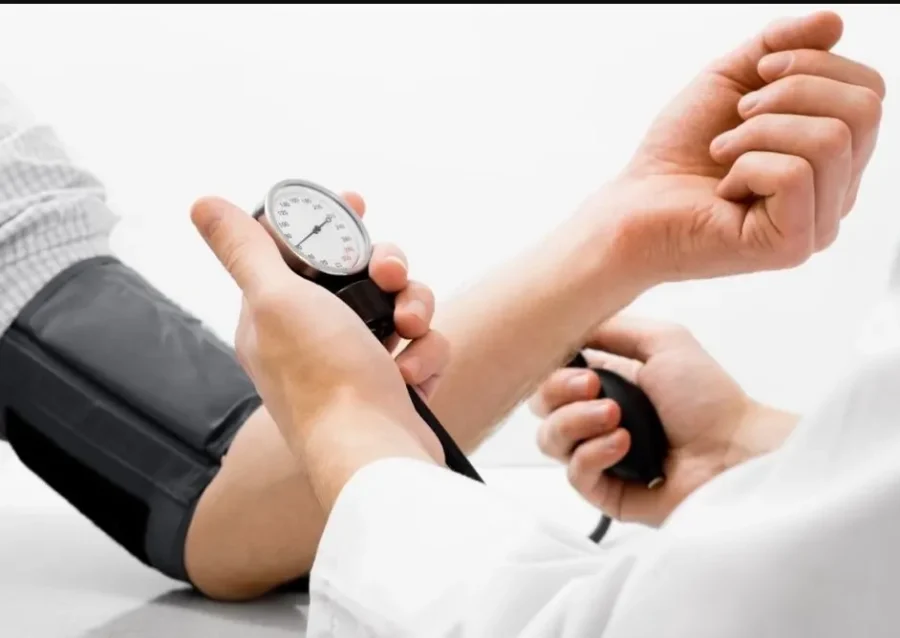High blood pressure damages arteries throughout the body, creating conditions in which they can burst or clog more easily. Weakened or blocked arteries in the brain put you at a much higher risk for stroke, which is why managing high blood pressure is critical to reducing your stroke risk.
A stroke occurs when a blood vessel to the brain is narrowed or blocked by a clot (ischemic stroke) or bursts (hemorrhagic stroke). When that happens, part of the brain is no longer getting the blood and oxygen it needs; so it starts to die. Your brain controls your movement and thoughts, so a stroke threatens your ability to think, move and function. Strokes also can affect language, memory and vision. Severe strokes may even cause paralysis or death. A majority of strokes are ischemic strokes (Cerebral thrombosis and cerebral embolism are causes of ischemic strokes.) Watch an interactive animation of an ischemic stroke.
A much smaller percentage of strokes are hemorrhagic strokes (cerebral hemorrhages) that occur when a blood vessel ruptures in or near the brain, resulting in a subarachnoid hemorrhage on the surface of the brain or intracerebral hemorrhage deep within the brain. View a detailed animation of a hemorrhagic stroke.
Stroke is major public health problem leading to increased morbidity and mortality. Modifiable risk factors for stroke include hypertension, diabetes, atrial fibrillation, dyslipidemia, smoking, and alcohol abuse.
Among these risk factors, diabetes and hypertension are rapidly growing epidemics leading to a substantial increase in cardiovascular disease and stroke. In this review, the authors discuss the risk factors for stroke with emphasis on the diabetic and hypertensive population, highlighting the interventions that have been shown to decrease stroke risk in this patient population.
Stroke is the third leading cause of death in the United States and is the leading cause of disability. 1 , 4 Epidemiologic data indicate that there has recently been a leveling off of prior declines in stroke‐related mortality and possibly an increase in stroke incidence. 1 , 4 From 1988 to 1998, the total number of stroke deaths in the United States rose 5.3%. 1 , 2 These recent increases are related, most probably, to increased diabetes and aging in the United States.










